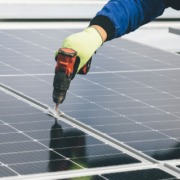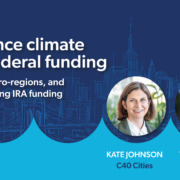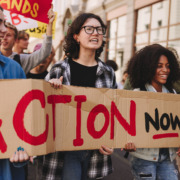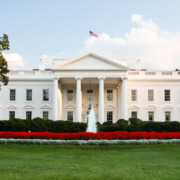Almost every US state has a climate action plan!
Over the past two months, over 100 cities, states, and Tribes have filed new climate plans with the U.S. Environmental Protection Agency. These plans represent the first phase of the Climate Pollution Reduction Grants (CPRG) distributed to local governments as a core part of the largest climate action initiative in US history.
These new plans—called Priority Climate Action Plans (PCAPs)— outline “shovel-ready” actions that local governments can take to reduce climate pollution. SSG worked with six regions, one state, and one Tribe to develop their PCAPs.
What do the PCAPs mean for climate action in the US?
1. Communities across the US are tackling the climate crisis—some for the first time.
More US communities are planning measures to reduce greenhouse gas emissions than ever before. Almost every single state (45 of 50!), along with Puerto Rico and the District of Columbia, took advantage of the grants to develop PCAPs. For half of the 45 states that participated, the PCAP is the first “meaningful climate action effort since at least 2018,” according to an analysis by the Rocky Mountain Institute, ClimateXChange, and the Evergreen Collaborative. This represents a sea change for climate action in the US.
In addition to states, 80 metropolitan areas and more than 200 Tribes submitted PCAPs. In California, SSG worked with the Fresno Council of Governments to develop the region’s first coordinated climate action planning effort. Despite the tight five-month timeline, the process provided a valuable educational opportunity, bringing 16 local governments, key industry groups, and community organizations together to learn and deliberate on how to reduce local climate pollution. The resulting PCAP identifies 13 priority measures related to transportation, buildings, waste and wastewater, and agriculture that can reduce climate pollution by 5,874,821 MT CO2e between 2024 to 2030. That’s equivalent to taking 1.4 million gas cars off the road for one year.
2. More Americans will walk and cycle to work and school.
Forty-five of the 47 state and territorial PCAPs included measures to address emissions from the transportation sector, the biggest source of greenhouse gas emissions in the US. These measures include efforts to improve and expand public transportation and walking and cycling infrastructure. These alternatives to car travel reduce air pollution, which has been linked to heart attacks, asthma, and other illnesses. Additionally, when people walk and cycle more often, their health improves.

From left to right, Laurie Brown and Becca Pruett of Ad Astra, Virginia LeClere of the Prairie Band Potwatomi Nation, and Chris Strashok and Carol Fraser of SSG at the Old Bingo Hall on the PBPN Reservation near Topeka, KS.
During SSG’s consultations for the Prairie Band Potawatomi Nation’s PCAP, the community expressed excitement about expanding hike and bike trails to improve connections between spread out parts of their community. Consequently, the PCAP recommends adding 9.25 miles of trails to existing networks, putting up signage in English and Potawatomi, and taking steps to restore the native prairies so they sequester—or absorb—more carbon pollution. The Nation hopes that these measures will increase community connection to the land while reducing transportation emissions and increasing physical activity among residents.
3. The plans will supercharge renewable energy development.
Encouraging fuel switching to electricity and “cleaning” the electricity grid by promoting renewable energy generation is critical for reducing emissions. The majority (87%) of state-level PCAPs included measures addressing the electricity sector.
SSG’s work with the State of Nevada showed that, even though the state relies predominantly on imported natural gas and other fossil fuels to generate electricity, it has the potential to produce enough solar, wind, and geothermal energy to meet its needs several times over.
To accelerate the transition to renewable energy, Nevada’s PCAP recommends incentivizing and funding solar and wind projects, community solar projects and renewable energy co-operatives, and batteries for energy storage. In addition to making Nevadans more self-reliant, the measures will reduce energy bills. The move will especially benefit the close to 60,000 residents living with energy insecurity (at or above 90th percentile nationwide for energy burden) in the state.
SSG also worked with Miami Valley Regional Planning Commission in Ohio, to identify how to accelerate renewable energy development. Counties in Miami Valley are part of the Sustainable Ohio Public Energy Council (SOPEC) which has an electric aggregation program for municipalities to purchase power from renewable generation suppliers. The PCAP focuses on promoting more renewable energy generating capacity by launching a regional virtual power plant (VPP) led by SOPEC. The first energy sources for the VPP would be solar installations on City of Dayton facilities. The VPP could then connect to small energy-producing devices and energy storage, like solar panels and storage on homes and businesses, to sell excess renewable energy to the municipality and other organizations.
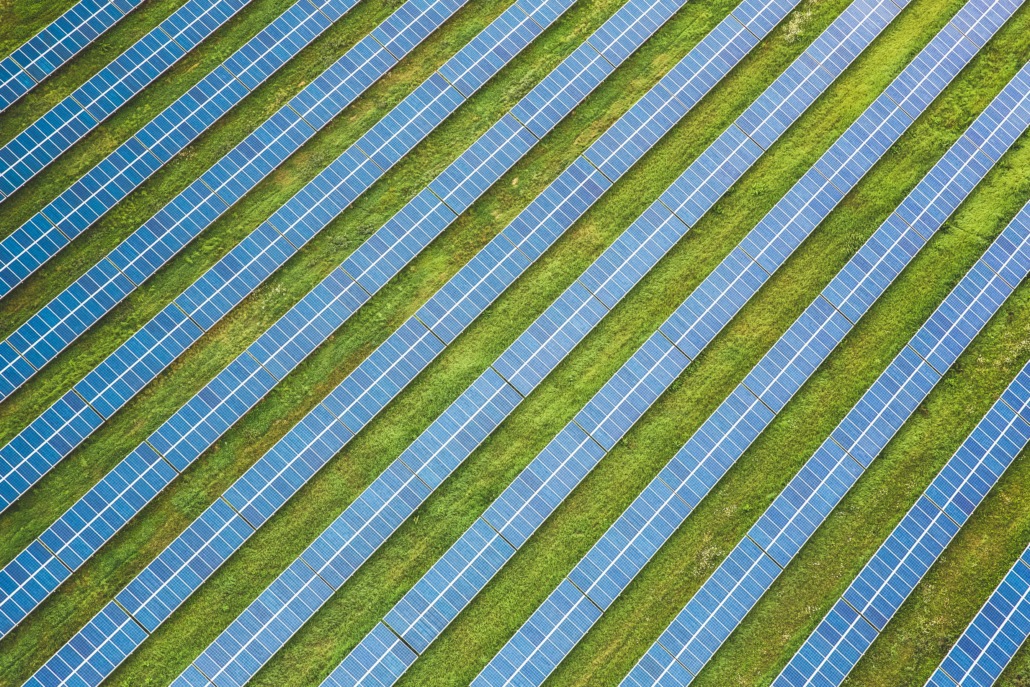
4. Making it easier to cut energy use at home.
Reducing energy use in homes is no longer a case of turning off lights as you leave a room. In the US, heating and cooling homes account for more than 50% of home energy use. By improving a home’s ability to be less affected by external temperatures through upgrades to windows and doors, adding insulation, and improving ventilation systems, homes become less expensive to heat and cool and are also able to maintain livable temperatures during power outages.
Facilitating retrofits of homes requires coordination and funding for energy audits, materials, and labor. In South-East Michigan’s PCAP, all of these are included as part of the supports made available specifically targeting low-income and disadvantaged neighborhoods. In addition to reducing total energy use by at least 50%, home retrofits that improve ventilation systems and make the switch from natural gas to electric appliances can reduce breathing problems and even improve mental health.
5. Communities are taking advantage of nature-based solutions.
Sometimes the most powerful solutions to destructive and unpredictable weather events can be found in nature. From wetlands that absorb heavy rainfall and reduce flood risk, to tree roots anchoring hillsides from cascading into mudslides, conserving and cultivating our natural ecosystems benefit our built environment too.
In Rapid City, South Dakota, shifting from a predominantly car-dependent lifestyle means making non-car travel more appealing. Upgrading and expanding car-free paths along the Greenway, a park along a creek that goes through town, is a priority measure for reducing transportation emissions highlighted in Rapid City’s PCAP, which SSG helped develop.
The Greenway connects local shops to various neighborhoods, many of which are home to low-income and disadvantaged communities. In addition to providing a safer and more attractive walking and cycling experience, restoring the Greenway is also an opportunity to plant thousands of trees that will help cool the city during heat waves. In fact, forested urban areas have average temperatures 2.9°F lower than unforested ones, and the cooling effect can be life saving, especially for those without access to air conditioning.
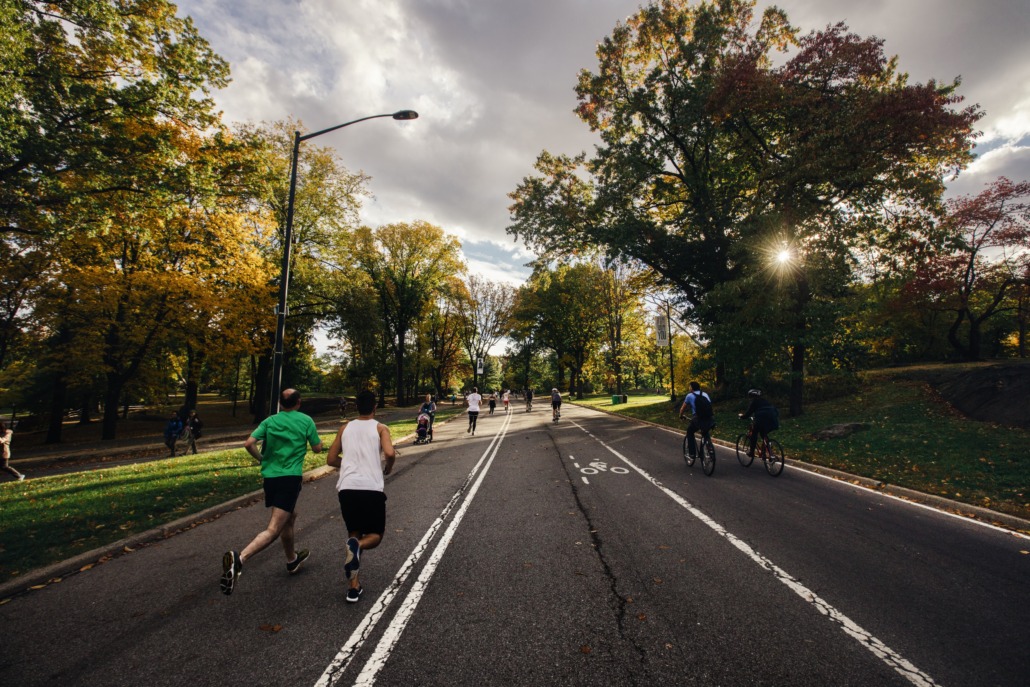
Runners and cyclists on a tree-lined path (Photo: Chanan Greenblatt on Unsplash).
6. The stage is set for more comprehensive climate action planning.
From ensuring that climate pollution reduction measures improve living conditions in low-income and disadvantaged communities, to diving into climate actions specific to a region’s context, the PCAPs have set the stage for phase two of the CPRG program: the Comprehensive Climate Action Plans (CCAPs).
In Greater Baton Rouge, Louisiana, industry accounts for 87% of the region’s greenhouse gas emissions. The region must take action to reduce industrial emissions in a way that creates economic opportunities while reducing economic risk. Rather than rushing solutions to decrease industrial pollution, SSG worked with the Capital Regional Planning Commission to develop a PCAP focused on measures that can be implemented immediately, such as improving alternatives to car travel, planting more trees, and making homes more energy efficient, and benefit low-income and disadvantaged communities. The CCAP will build on the work of the PCAP, evaluating decarbonization pathways for industries in Greater Baton Rouge.
We’re already diving into working on CCAPs and are looking forward to generating solutions which will continue to propel transformative actions necessary to usher in a healthier future for all.
—
To learn more about how SSG can support the development of your CCAP or climate action and mitigation planning, give us a shout via our contact page.


